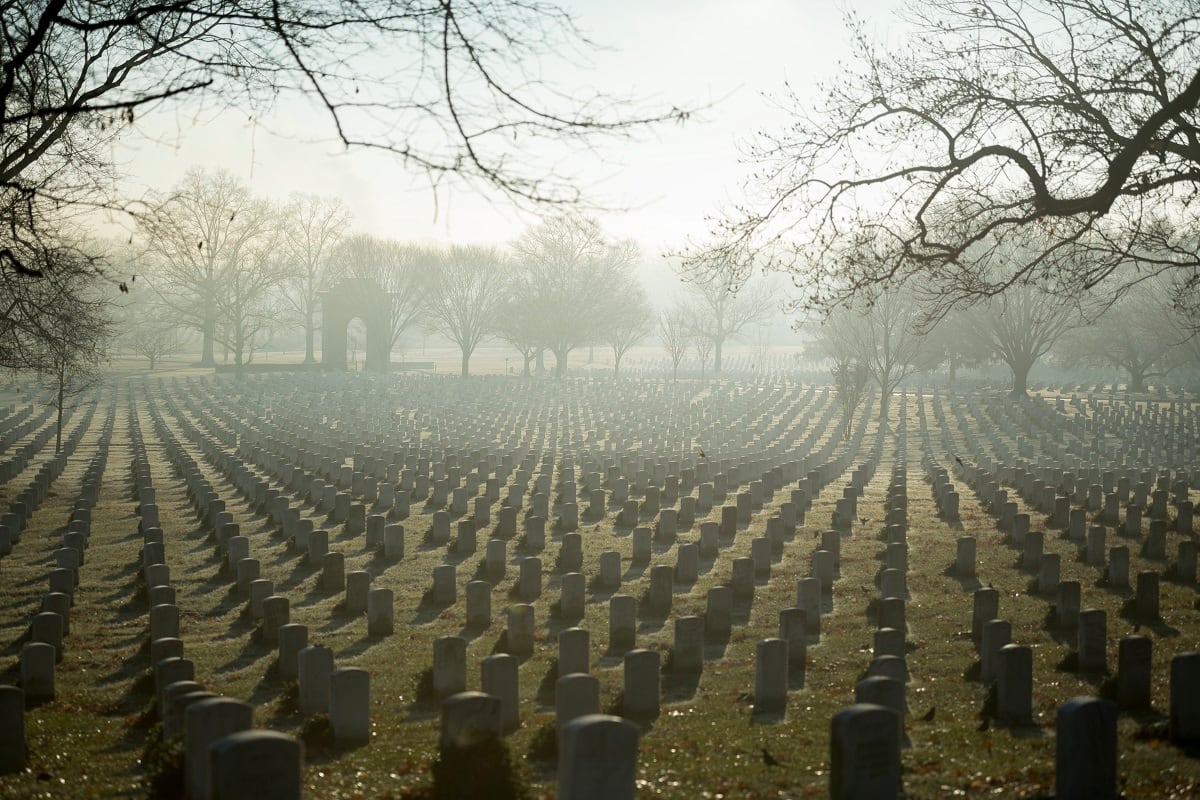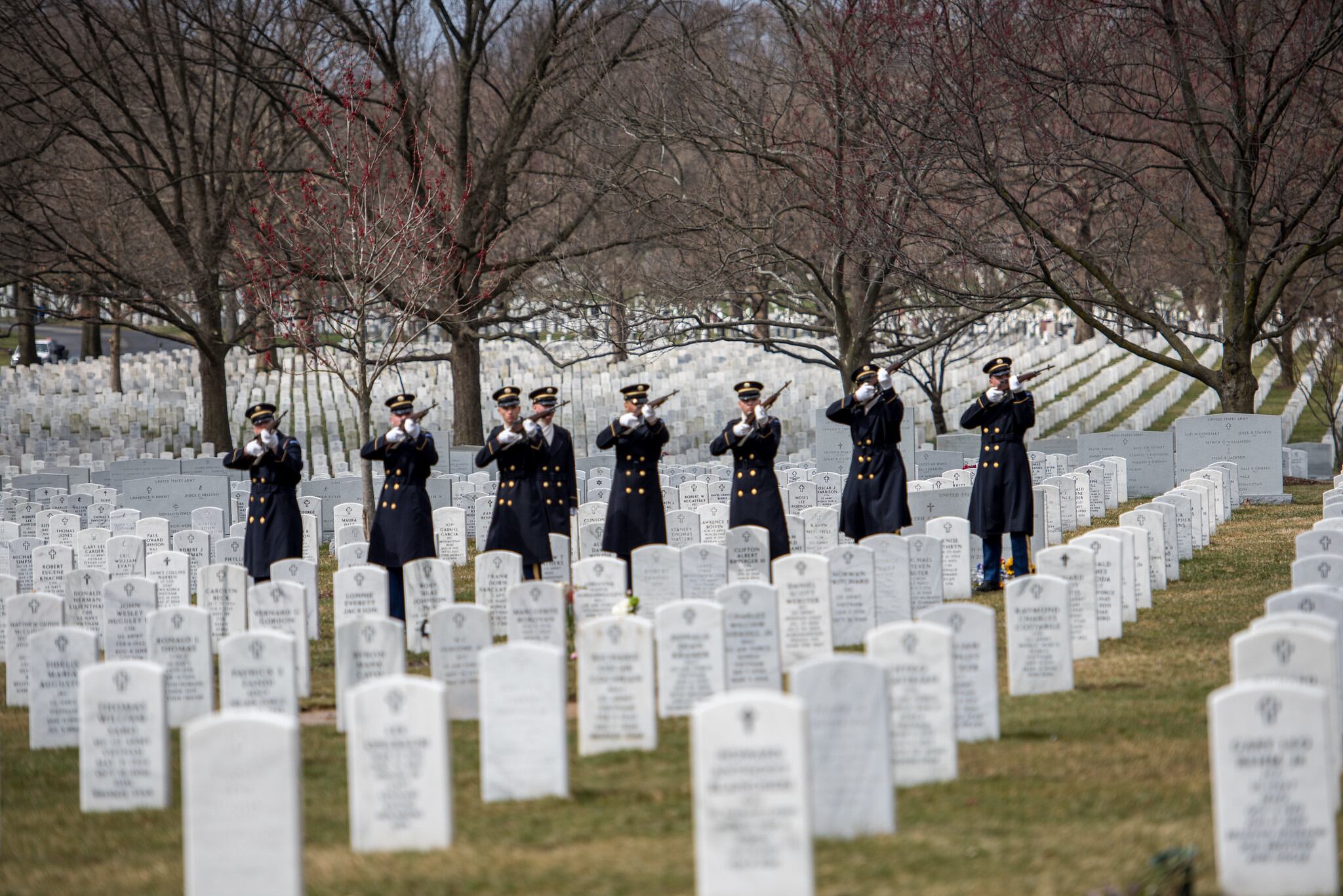Officials are moving to limit the number of individuals eligible for burial at Arlington National Cemetery in Virginia, restricting below-ground sites to combat heroes, battle casualties and a small pool of notable dignitaries.
Under the proposal, which still needs to be finalized through a public rulemaking process, some other veterans will still be eligible for storage of cremated remains at the famed site in above-ground structures, which will allow planners additional flexibility and space in coming decades.
The move by the Army, which administers the cemetery, is part of an ongoing effort to extend how long the cemetery can be used as a final resting place for America’s service members. Army officials have for the last two years considered a series of site expansions and facility changes in an effort to deal with dwindling space at the site.
RELATED

“Arlington National Cemetery is a national shrine for all Americans, but especially those who have served our great nation,” acting Army Secretary Ryan McCarthy said in a statement. “We must ensure it can honor those we have lost for many years to come.”
The 154-year-old cemetery, originally established as an overflow site for mounting Civil War casualties, has become one of the most hallowed military sites in America. More than 3 million visitors travel to the site annually.
Only about 100,000 burial sites are left at the cemetery, tucked between the Potomac River and the ever growing northern Virginia suburbs. Expansion plans are expected to keep burials on pace into the 2040s, but not much beyond that.
Under the latest proposal, 1,000 gravesites would be set aside for current and future Medal of Honor recipients, to ensure space is reserved for those recipients of the highest military honor.
In addition to them, below-ground burials would be restricted to these other military groups:
— Troops killed in action, to include repatriated remains
— Purple Heart recipients
— Award recipients of the Silver Star or a higher honor
— Combat-related service deaths “while conducting uniquely military activities”
— Former prisoners of war
— Veterans with combat service who “made significant contributions to the nation’s security” in other government posts
— Former presidents and vice presidents of the United States
Spouses of eligible individuals would also be allowed burial at their loved-ones plots.
Above-ground inurments of ashes will be open to any veterans from World War II, military retirees, veterans who served in combat and spent at least two years in the ranks, and veterans without any combat service who “made significant contributions to the nation’s security” in other government posts.
Currently, any military retiree is eligible for below-ground burial at the site, and any veteran who left the service under honorable conditions is eligible for inurment of ashes. The former group would only be eligible for inurment now, while many of the later would not be eligible for any admission to Arlington.
The new restrictions are likely to cause controversy within the military community, since veterans groups have long opposed restricting eligibility at Arlington.
Army officials said the new changes will not affect any burials already scheduled, or any planned between now and the completion of the rulemaking process, expected to take at least nine months.
“Additionally, the proposed revisions will not affect veterans’ burial benefits or veteran eligibility at Department of Veterans Affairs national cemeteries and state veterans cemeteries,” the Army’s official release on the rules stated.
Leo covers Congress, Veterans Affairs and the White House for Military Times. He has covered Washington, D.C. since 2004, focusing on military personnel and veterans policies. His work has earned numerous honors, including a 2009 Polk award, a 2010 National Headliner Award, the IAVA Leadership in Journalism award and the VFW News Media award.




